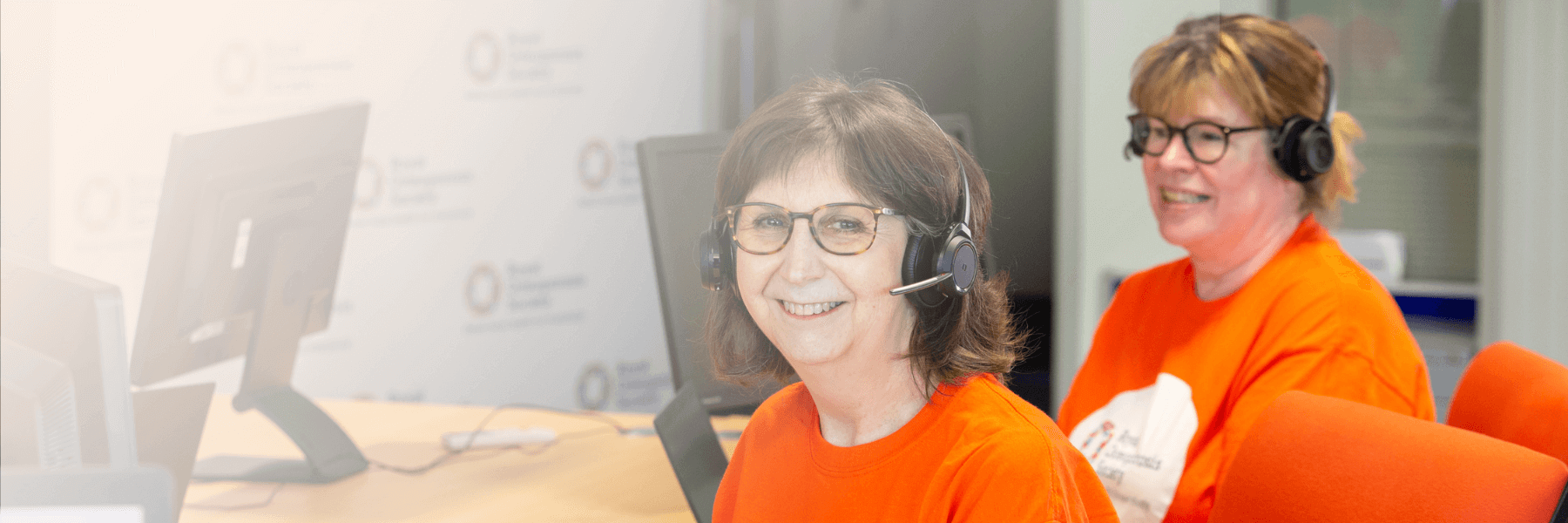
New report shows why 2.2m people have undiagnosed spinal fractures
Media releases | Expertise
02 Sep 2021
Two-thirds of spinal fractures go undiagnosed – meaning 2.2 million people are slipping through the net and are at risk of further fractures. Yet a new report from the Royal Osteoporosis Society (ROS) reveals where things are going wrong in the healthcare system. The findings present a surprising opportunity for radiologists to safeguard the health and independence of millions of people.
Osteoporosis can lead to life-changing spinal fractures. More than one in 10 women over the age of 50 have one or more spinal fractures, rising to one in five in the over 70s.
Spinal fractures can be asymptomatic or present with the generic symptom of back pain and loss of height. As a result, they are often wrongly dismissed as an inevitable part of ageing.
However, a spinal fracture can become debilitating and extremely painful, and is a powerful predictor of the devastating hip fracture, which does more than any other to create long-term disability and loss of independence. A quarter of those who go on to suffer a hip fracture die within a year of the injury.
An opportunity to identify spinal fractures arises when a patient is referred to radiology for imaging (for example, a CT-scan) for any reason. Though the spine may not be the focus of the investigation, the viewing of the vertebrae on the image creates an opportunity to spot undiagnosed fractures.
The radiologist should then be able to signpost a patient with a spinal fracture for investigation for osteoporosis, ideally by direct referral to the hospital’s Fracture Liaison Service (FLS) - the tried and tested model for systematically identifying osteoporosis patients and then moving them onto a treatment plan to strengthen their bones.
However, today’s report includes findings from the National Audit of Radiology Services by the Royal College of Radiologists, supported by the ROS and the Royal College of Physicians, which found that where a spinal fracture had been identified, only 5.5% of reports made recommendations for further investigation. Shockingly, this means that, in the vast majority of cases, action to prevent further fractures is not being taken.
The data shows that the main reason for these missed opportunities is the lack of a referral pathway for osteoporosis. Only 19% of radiology departments had a defined pathway for referring patients with a spinal fracture to an FLS or osteoporosis service.
Craig Jones, Chief Executive at the ROS said:
“Broken bones in the spine can be severe and painful in themselves, but they are also red flags for increasingly severe problems, including the devastating hip fracture. This report shows that a simple process gap is preventing millions of people from getting the diagnosis they need. Bone-strengthening medication is safe, effective and highly affordable for the NHS, but without a diagnosis, 2.2m of us are being left unprotected, storing up severe problems for the future.”
Radiology departments use alert systems to notify health professionals who have referred patients for imaging, of significant, unexpected, or urgent findings. This provides a ready-made opportunity for radiology departments to include spinal fractures in their policy for alerts – an urgent change called for by the ROS today.
The Royal College of Radiologists has published guidance on reporting vertebral fractures in the wake of findings from the National Audit of Radiology Services.
Karen Faulkner, 61, from Northampton said:
“Last year I suffered nine spinal fractures caused by osteoporosis in just 10 months. One led to another which led to another. At one point I was unable to walk. I couldn’t even lean forward to use a knife and fork. I couldn’t wash and dress myself. My husband became my full-time carer overnight. I couldn’t have done it without him.
“I’m four inches shorter due to the spinal fractures and I'm in significant pain. My whole mid-section, lungs and stomach are squashed. Everything about it is horrible.
“Before being diagnosed with osteoporosis, I considered myself fit and healthy. I had a busy, full time job in a bank which I loved. I took care of myself, went to the gym three times a week and had a busy social life. Life has changed so much due to spinal fractures. I now haven’t been able to work in over a year.
“I’m taking osteoporosis treatment which helps to protect me from further fractures. I’ve had two operations - one in September 2020 and another March 2021 - involving kyphoplasty, which is when a cement is injected into the spinal bones. I’m also taking pain relief medication, and that combined with physiotherapy means I am slowly getting better, but I still can’t walk or stand for more than about 15 minutes.
“I wish that I could have known earlier that my bones were getting weaker so that I could have done something about it. None of us know what’s going on with our bones until they start to break.”
The impact on people’s lives is shown by the ROS’s new patient experience data in which 3000+ people living with osteoporosis responded to a survey. The findings show that 30% of people with spinal fractures had suffered four or more of them. 36% of people surveyed said they have experienced a curved spine or postural changes.
The ROS’s new policy manifesto, also published today, makes four calls on Government and the NHS to break the silence on the condition and end the missed opportunities around osteoporosis in the NHS. They are to:
1. End the postcode lottery for accessing quality-assured secondary fracture prevention
2. Incentivise GP surgeries to routinely use digital tools, which can assess risk and prevent the first fracture
3. Make osteoporosis core business across health and social care, joining the dots with a coherent pathway of care and prevention
4. Level up investment in research into musculoskeletal conditions, which is disproportionately low
 Search
Search
 Login
Login

